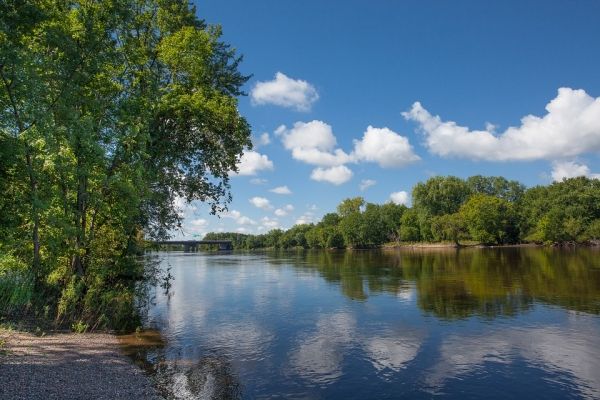Sea-level rise due to climate change is poised to shift the way that rivers naturally chart their path to the shoreline. The nature of that change will depend on both the rate of sea-level rise and the sediment load carried by the river, according to new models by Caltech researchers and their colleagues.
Periodically, a river will change its course to the sea, forming a new path through a process called river avulsion. River avulsions are a natural part of a river's life and are responsible for building new land and nourishing wetland ecosystems with water, nutrients, and sediment. However, river avulsions are also catastrophic natural hazards. They were responsible for some of the deadliest floods in human history, including the 1887 Yellow River floods and the 1931 China floods, which together claimed an estimated six million lives. On some rivers, like the Mississippi, engineers have built bypass channels and levees to counter the dangers of river avulsion.
"A river avulsion is a catastrophic flood that is also crucial for sustaining coastal land," says Austin Chadwick, lead author of a paper about the new model that was published by Proceedings of the National Academy of Science on July 13. "But the question is: how will sea-level rise affect these catastrophic floods?" Chadwick worked on this research as a doctoral student at Caltech with Professor of Geology Michael Lamb and Vamsi Ganti of UC Santa Barbara.
Sea level has been rising overall since the start of the 20th century, and at an accelerating pace. In 2014, the Intergovernmental Panel on Climate Change (IPCC) projected that sea level could creep up as much as three feet by the end of this century. Earth scientists have had an ongoing debate about how this could affect river avulsions on deltas, the fertile landscapes created where a river meets an ocean or lake—a critical question, given that deltaic landscapes host roughly 10 percent of the human population.
Read more at California Institute of Technology
Photo Credit: skeeze via Pixabay


